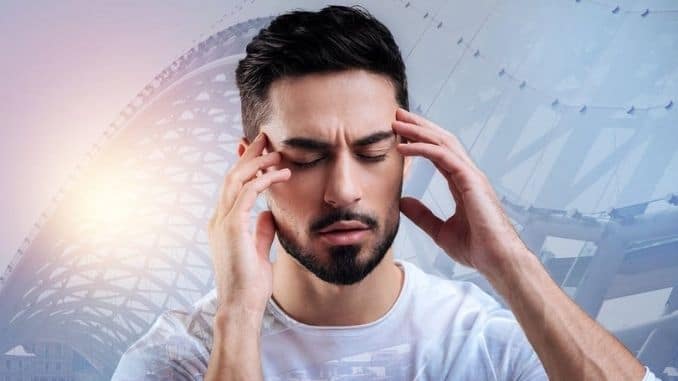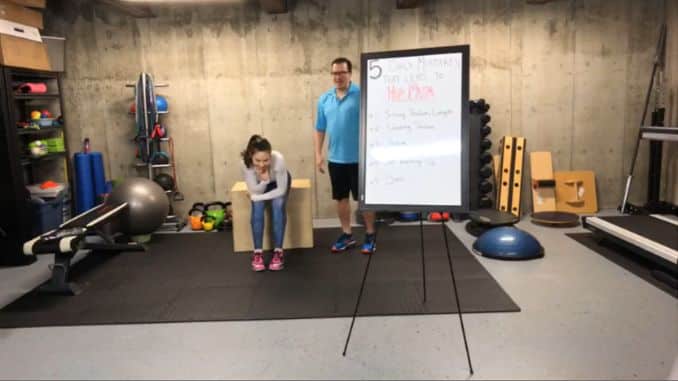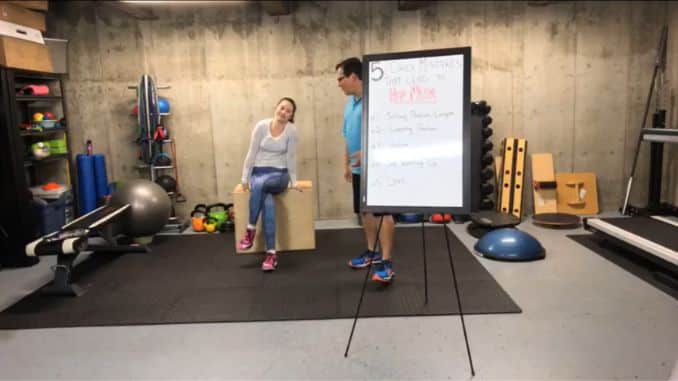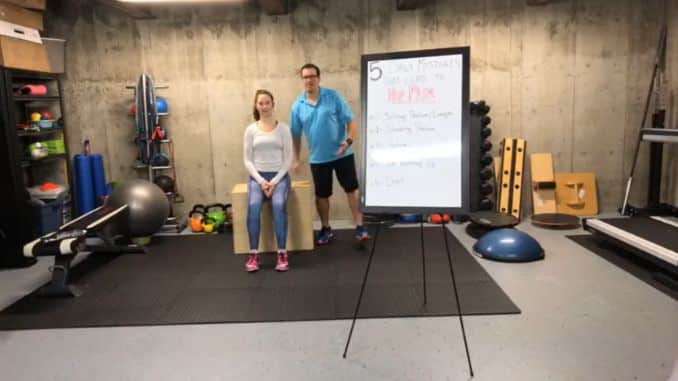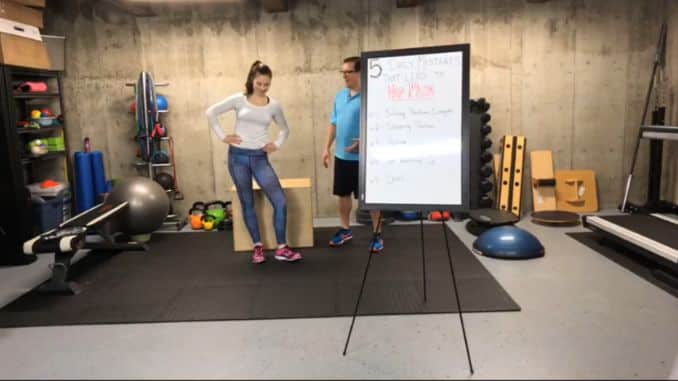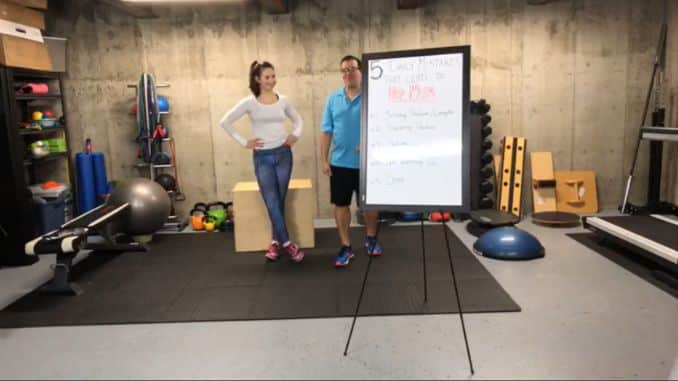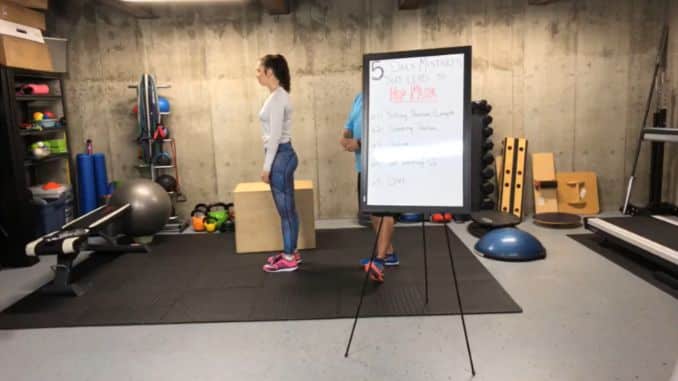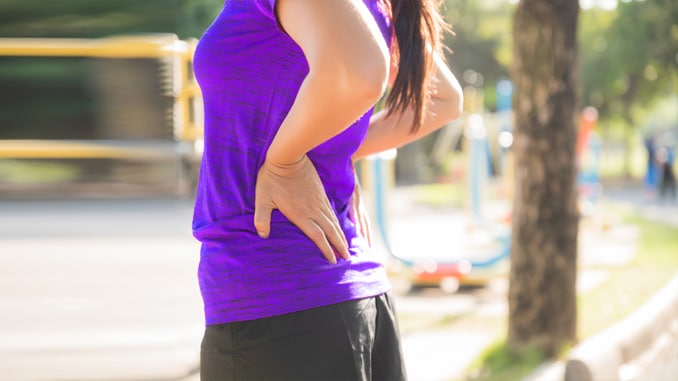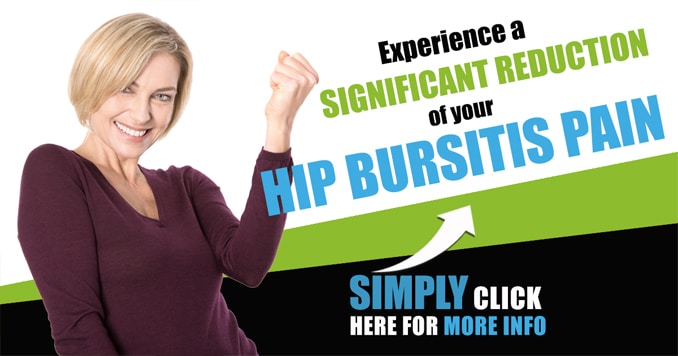
Hip pain is one of the more common reasons people visit the doctor. It can be painful and uncomfortable to have pain in the hip area, especially when it is located right on the joint. In this article, you’ll learn about the five common daily mistakes that lead to hip pain.
Pain can come from several causes, including muscle strain or injury, arthritis, and problems with the muscles used in walking. One of the most common causes of hip pain is improper posture. Over time, an increase in weight can cause an uneven distribution of pressure in the hip joint, causing pain to develop. This pain refers to a condition known as “hip flexor tightness” or “hip impingement,” where the muscles that control the movement of the hip are tightened up and no longer work properly. Another common cause of hip pain is muscle imbalances in the hips or back.
The first thing to do when you have hip pain is to pay attention to your posture. It’s not just about sitting or standing up straight. If you slouch in your chair or stand with your hips rotated out, you’re more likely to develop pain. Small changes like leaning forward at your desk can make g difference. It’s not just about sitting or standing up straight. It’s also important to keep weight off the hips and knees.
Benefits of Proper Posture:
-
Having more confidence: Improve Self-esteem and mood
Proper posture is essential for leading a healthy, confident life. It has a positive impact on your self-esteem, as well as your mood and energy levels. You can maintain a better balance between your body’s left and right sides when you stand or sit in an upright position. This will help reduce any imbalances that may be causing tension in your shoulders, neck, or back. It also makes it easier to breathe properly, which can help you feel calmer and more relaxed. Also, having a better posture can help reduce depressive feelings and improve your self-esteem and mood, which can improve your professional life. Your professional life usually begins with a positive self-perception.
-
Reduce the number of headaches
Proper posture reduces the number of headaches in two major ways. The first is simply reducing the pressure on your head. Sitting up straight will be less likely to strain your neck muscles and tendons. It will also help keep the blood flowing properly to all parts of your head and neck, reducing tension and inflammation in the brain. The second way is by keeping your shoulders back and down. This keeps your upper body relaxed and opens up space in your chest where oxygen can flow more freely. It’s also worth noting that people with poor posture often experience increased stress levels, which can worsen headaches. So ensuring that you’re sitting up straight at work (and home) is important in preventing headaches in the long run! Good posture.
-
Reduce the risk of Injury
Proper posture reduces the risk of injury by reducing strain on muscles, ligaments, and joints. When standing or sitting, keeping the spine in a neutral position with the head balanced above the shoulders and the hips below them is important. Maintaining good posture reduces your chances of developing back pain, neck pain, and asthma.
-
Increased capacity of the lungs
Proper posture is the most important thing when it comes to breathing. Your body should be kept in a vertical position when you’re standing. If you’re sitting, ensure that your back is straight and your head is comfortable. These simple things can go a long way toward ensuring your lungs have the best chance of functioning.
-
Improved circulation and digestion
Proper posture is your body’s way of maintaining balance, efficiency, and fluidity. When you’re sitting for long periods, you need to allow blood to flow properly. Therefore, the nutrients, oxygen, and other essential substances needed to maintain a healthy body can’t reach every part of your body. With poor posture, the muscles weaken, and tissues become flattened. The body loses its harmony, which can lead to health problems.
-
Your shoulders and neck are less tense.
One of the most important things you can do to maintain good posture is to relax your neck and shoulders. When your muscles are tense, it puts pressure on the discs in your neck and stresses the nerves in your spine. This can lead to pain, numb arms and legs, and even muscle weakness. By keeping your muscles relaxed, you can avoid these problems. When you sit or stand up straight, you will also feel less tension in your body. You’ll feel more energy throughout your day, which is a great way to start any new day!
-
More Productive in Day-to-Day Activities
Proper posture is just as important as a mental attitude regarding productivity and results. When you slouch or sit improperly, it can affect your posture, digestion, and breathing. It can also cause tension or stress in your muscles and joints, leading to back pain, and when you are experiencing pain due to improper posture, it will affect your work productivity. So, make sure you maintain proper posture as much as possible.
Proper posture is essential for optimal health. When you keep your body upright, it works to keep your spine aligned, which helps to prevent back problems. Back pain is one of the most common reasons people visit their doctor, and proper posture could be a big part of why. As we get older, the natural curve of our spine starts to flatten out, which makes it harder for our bodies to maintain proper alignment. This can cause tension throughout our muscles, resulting in pain and stiffness. In addition to keeping your spine healthy, maintaining good posture can also help you look and feel better. When you stand up straight, your clothes fit better and your posture projects confidence, making you feel better about yourself. That said, it’s important to note that not everyone needs to spend hours at the gym to achieve the great posture.
Below are 5 Daily Mistakes That Lead To Hip Pain. Check them out to avoid them!
1. Sitting Position/Length
A lot of times, we consciously and subconsciously sit poorly. Sitting forward or crossing your legs over will put greater stress on the hip joint and increase your risk for hip pain.
A. Incorrect Positions:
Sitting Forward
This position shortens up the muscles in the hip and puts greater stress on the hip.
Crossing The Leg Over
Shifting your weight from one side to the other will change your ideal position and negatively affects your hip.
B. Correct Position
Sit upright with your head, shoulders, and hips in alignment, putting your weight evenly on your seat. Try to get up often, ideally every 15 minutes and every 45 minutes.
When your hips are in their ideal position, the movement is more efficient, and you can perform tasks more easily. Therefore, it’s important to ensure you sit in your most comfortable chair as often as possible. When the weight shifts on one side, it causes a strain on the hip muscles and ligaments, which could lead to injury. To avoid these problems, keep your hips level on both sides when sitting. If you need to shift your weight from one side to the other, do so with caution so that you don’t put too much stress on your hip joint and ligaments. If you want to shift your body weight from one side to the other while sitting, try shifting your weight from front to back or vice versa.
2. Sleeping Position
A. Incorrect Positions:
Sleeping on your stomach with your knee up or lying on your side in a fetal position will shorten the hip muscles. These incorrect sleeping positions are also common mistakes that lead to hip pain because it causes greater stress and tightness in the hip and increases your risk for hip pain.
B. Correct Positions:
Sleep on your back or lie on your side. Straighten your legs and place a pillow between your legs. The pillow will prevent your top leg from falling and allows your hips to be in alignment.
A good night’s sleep is essential for good health, but poor sleeping habits can affect everything from energy to stress. So if you’re sleeping in the wrong position, it can hurt your health and well-being. The main reason people are sleeping in the wrong position is that they don’t know they should be doing so. There are several different sleep positions you should be aware of: It is important to ensure that you are in the right position if you have any medical conditions or are pregnant, as this can affect your body’s natural alignment and breathing patterns.
3. Posture
A. Incorrect Positions:
Standing on one leg, bringing your hip out to one side, and putting your weight on one leg put greater stress on the hip. Bringing your hip on one side also changes the ideal alignment and puts more stress on the hip.
Standing on One Leg
Standing Like a Flamingo
B. Correct Position:
Stand upright, maintaining good alignment with your head, shoulders, hips, and legs. This position balances your body weight and doesn’t overstress your hip.
Standing with correct posture is important for several reasons. Not only does it promote good posture, but it also reduces the risk of injury, promotes better blood circulation, and helps to keep your back and joints healthy.
Several things can go wrong if you’re not standing correctly:
- Back pain
- Neck pain
- Bloating and indigestion from poor digestion
- Lower back pain
Even if you’re sitting at a desk all day, if you’re not standing up straight while you’re working, you’re putting unnecessary stress on your body. And that stress could lead to long-term problems, including back and neck pain. If you want to sit without discomfort, take regular breaks and stand up every hour or so.
4. Not Warming Up
Another common mistake that leads to hip pain is not warming up before doing a sport or before working out. Doing warm-ups or dynamic stretching will prepare your hips for the workout. If you are sitting for a long period and all of a sudden you go to your workout, you need to transition your body from the sitting position back into the standing position so that your body is ready to work out properly. One thing that helps is going through walking. You can walk on the treadmill with a little bit of a bigger stride. The keyword is bigger, not a huge stride, so that you can dynamically stretch your pelvic area and hips.
5. Diet
Many complaints we get regarding hip pain are that the hips are stiff or painful. A lot of times, this is because of arthritis syndrome or bursitis. These two conditions are affected by diet. For example, hydration. The hip joints are big, and those joints won’t work out properly when you are dehydrated. If you are eating lots of processed foods, these will harm the hips. It will harm you if you are sensitive or allergic to different types of food like soy, milk, or alcohol. If you are excessively drinking alcohol, it will also harm your hip pain. Therefore, try to avoid or minimize the things that irritate or make your joints feel worse, and focus on anti-inflammatory foods.
Anti-inflammatory foods can help reduce the inflammation of your body. Inflammation can affect many parts of your body and is often caused by several conditions. Anti-inflammatory foods like vegetables, fruits, nuts, beans, and whole grains can help to reduce the inflammation in your digestive system, skin, joints, and immune system. The best way to ensure you are eating enough anti-inflammatory foods is to eat various healthy foods throughout the day. By eating a variety of food throughout the day, you will be ensuring that you are getting all the nutrients you need for optimal health.
Why is Hip Health Important?
Hip health is important because it can affect your ability to move around, perform daily activities, and even carry out everyday tasks. A healthy hip is important for several reasons, including helping to keep you mobile and reducing the risk of falls. Additionally, a healthy hip can help reduce pain and improve function in your legs. As such, it’s important to protect your hips from potential injury. One important step you can take is to ensure you have good core strength. Core strength helps support and stabilize your body when you are moving, so it’s important to build it.
Additionally, learning how to engage your core muscles properly is critical for anyone looking to improve their hip health. When it comes to exercise for strengthening hips, simple exercises like walking or jogging are great options. You can incorporate workouts like squats or lunges into your routine if you want an extra challenge.
Hip health is a significant component of overall health, and hip issues, such as hip osteoarthritis and hip pain, are more prevalent in older individuals. Genetics, age, and other factors contribute to hip health. Diet and exercise also play a role. A diet rich in fruits, vegetables, and whole grains prevents diabetes, heart disease, and other health issues. Exercise can help keep your hips healthy by increasing muscle strength and flexibility. Maintaining a good posture while sitting or standing is significant. By standing upright, you can reduce hip and knee pressure. Maintain a healthy weight, stay active, and maintain a good posture to benefit your hip health.
Conclusion:
Proper Posture is important to avoid hip pain, and doing correct hip exercises can also help lessen the pain that you are experiencing. Hip exercises are also designed to improve the strength and mobility of your hip muscles and help lessen your hip pain.
Doctors may prescribe hip pain exercises for certain types of hip pain and related symptoms. The goal of these exercises is to alleviate symptoms caused by the hip and improve strength and balance through active hip movements. Although those exercise programs may take some time to get used to, they work out your hip joints and surrounding muscles safely and efficiently. Some exercise programs may involve special equipment like a roller ball or resistance band, usually lasting 30 minutes to one hour. On the surface, hip exercises involve moving the hips in all directions. While this type of exercise feels a little awkward as it is unfamiliar to many people, this common form of exercise is becoming more popular among people struggling with hip pain.

